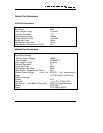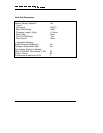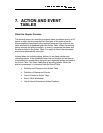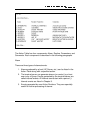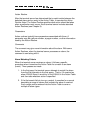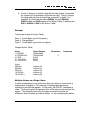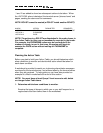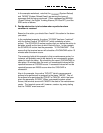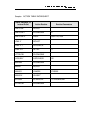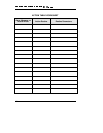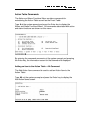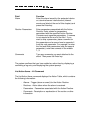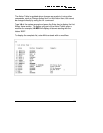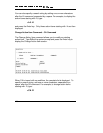
101
In the example worksheet, note that the
"SYS000"
(System Reload)
and
"INI000"
(System Reload Result) are among the types of
messages that are being monitored. Other messages are BSD090
(Power Failure), the Digital Trunking Alarms (DTA and DTI), and the
ERR series of alarms.
2. Decide what action is to be taken when a particular alarm
condition is received.
Based on the action, you should then "match" this action to the alarm
you select.
In the worksheet example, the alarm
"SYS000"
has been "matched"
with the Action Routine
"SCHEDULE"
(which schedules a future
action). The SCHEDULE routine requires that you define the action to
be taken as well as the time at which that will occur. In the example,
the SCHEDULE routine has the parameter “15 PHONHOME". That
means that the terminal server will schedule a PHONHOME action 15
minutes after the alarm occurs.
The reasoning behind this example is that a maintenance center, for
instance, will probably want to be alerted to an unsuccessful system
reload to check its status. By scheduling the report (PHONHOME) to
take place 15 minutes after the event, an unsuccessful reload will be
reported because a SYS0000 occurs. A successful reload will
not
be
reported because an
INI000
occurs when the SYSLOAD is
successful.
Also in the example, the routine
"DOLIST"
(which causes several
actions to be performed) is assigned to the alarm
"INI000"
. One of
the actions to be performed by
DOLIST
is
CANCEL
, which has been
given the parameter SYS000. When a successful system reload
occurs, the terminal server will
CANCEL
the alert to the maintenance
center. The terminal server will, however, create a log entry stating
that the
"INI000"
event occurred.



